How to Start Scribble Drawing: A Step-by-Step Beginner’s Guide
Have you ever doodled aimlessly on a piece of paper during a phone conversation? Well then your first step into scribble drawing was already taken long ago. This expressive and childlike form of art turns free and chaotic lines into beautiful art portraits, animals, abstract patterns, etc.
Scribble art is a great option whether you want to inject more liberty into your creative process or you are a newcomer, who wants to get into drawing without stress. In this guide we will take you step by step through the basics and have you scribbling like a pro in no time.
What is Scribble Drawing?
Scribble drawing is an art technique that uses overlapping, looping lines to create form, texture, and depth. Unlike traditional sketching, you don’t need precise outlines; your lines flow freely, layering over each other until an image emerges. It’s a mix of chaos and control, which makes it both fun and therapeutic.
Step-by-Step Beginner’s Guide
1. Gather Your Tools
While you can scribble with almost anything, having the right pencil makes a world of difference.
We recommend using the Drawlish Premium Sketch Pencils crafted for smooth strokes, consistent line quality, and comfortable grip. You can grab yours easily at Drawlish.com.
You’ll also need:
-
A sketchbook or drawing paper
-
An eraser (optional you might not even use it!)
-
Good lighting and a relaxed workspace
2. Warm Up with Random Scribbles
Before you aim for a masterpiece, spend a few minutes filling a page with random loops, swirls, and zigzags. This helps loosen your wrist and get into a flow state.
3. Outline Your Subject (Lightly)
If you’re drawing something specific, a cat, a coffee cup, or a face lightly sketch its basic shape first. Keep this very faint; it’s just a guide.
4. Start Scribbling for Real
Using circular, overlapping motions, begin building up your subject. Don’t worry about “perfect” lines, scribble drawing is about energy and movement, not precision. Let some lines escape the outline; that’s where the magic happens.
5. Build Depth and Shadows
Layer more scribbles where you want darker tones or shadows. Lightly cover areas that should be brighter. The beauty of scribble drawing is how shading emerges naturally from the density of your lines.
6. Step Back and Refine
Once you’ve covered your subject, take a step back to see the overall effect. You might add a few deliberate darker lines or extra scribbles for balance but avoid overworking it.
Why Scribble Drawing is Perfect for Beginners
-
No perfection pressure – Mistakes become part of the art
-
Fast and expressive – Great for capturing movement and emotion
-
Therapeutic – Helps relieve stress and spark creativity
Your Turn to Scribble
Scribble drawing isn’t about drawing “right” or “wrong” it’s about enjoying the process and letting your lines flow. Grab your Drawlish Premium Sketch Pencils from Drawlish.com, find a cozy spot, and let your imagination roam.
Once you’ve tried it, you might be surprised at how something that starts messy can end up looking absolutely stunning.


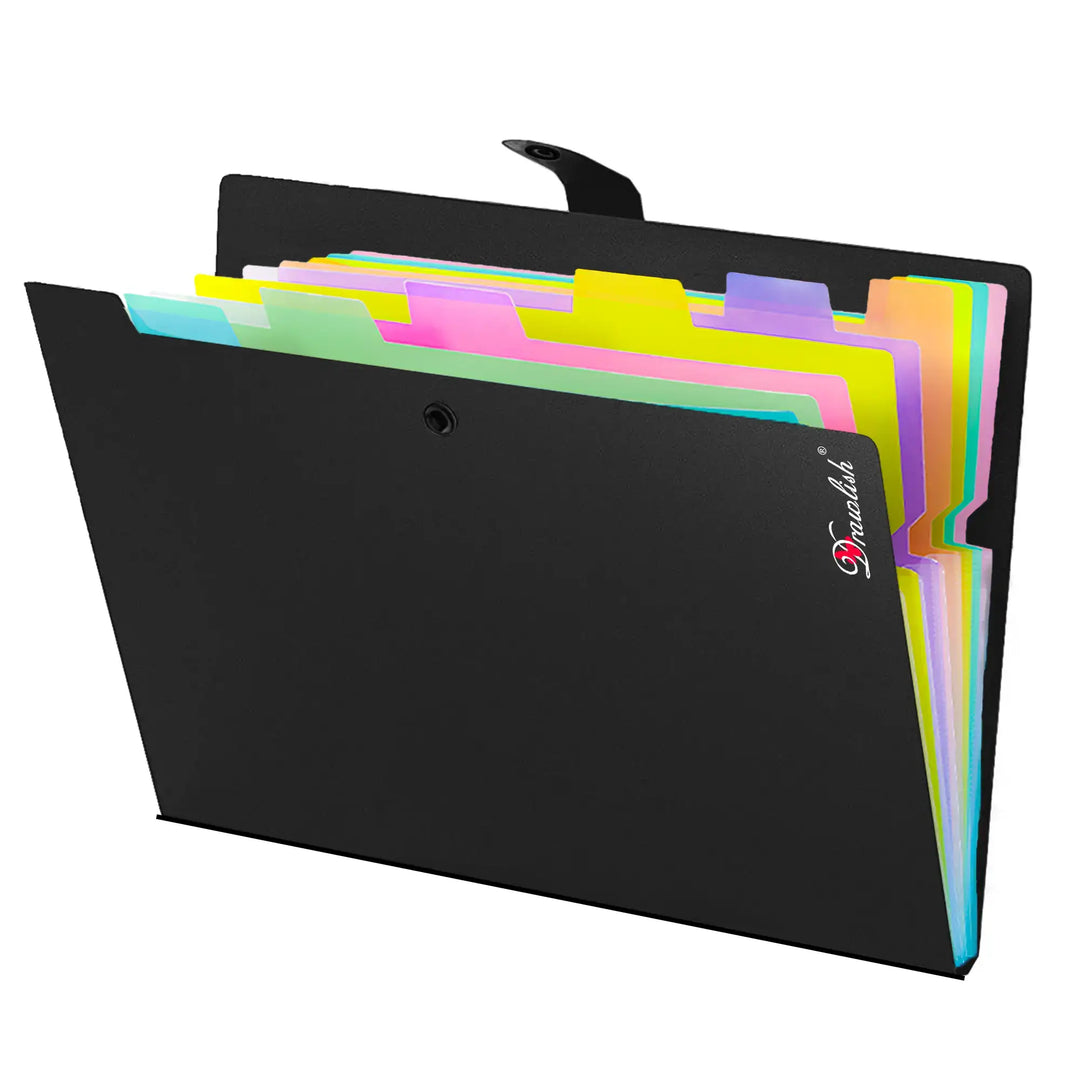
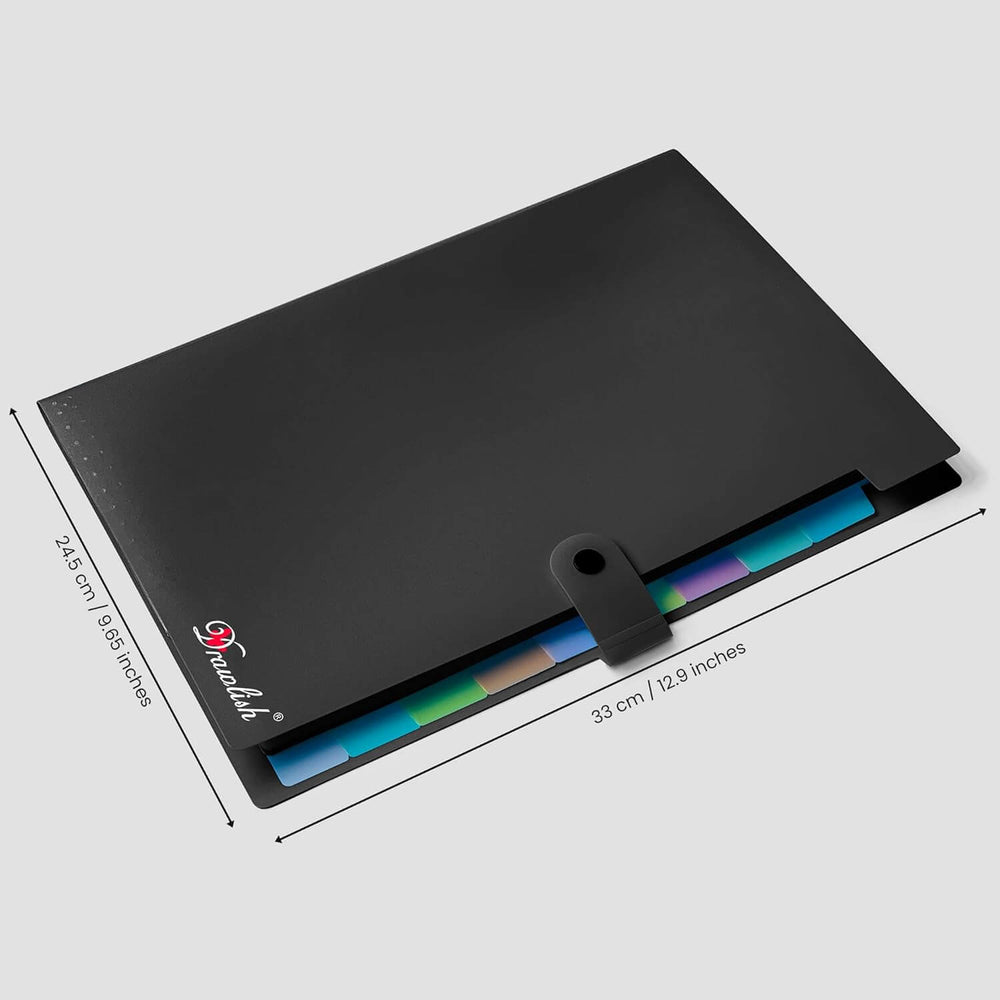
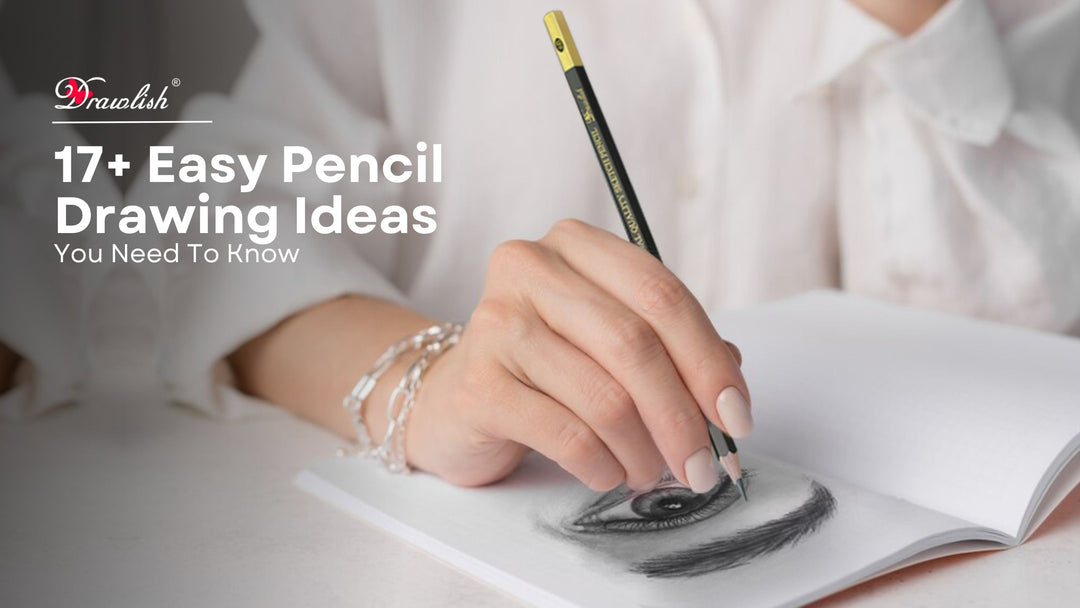
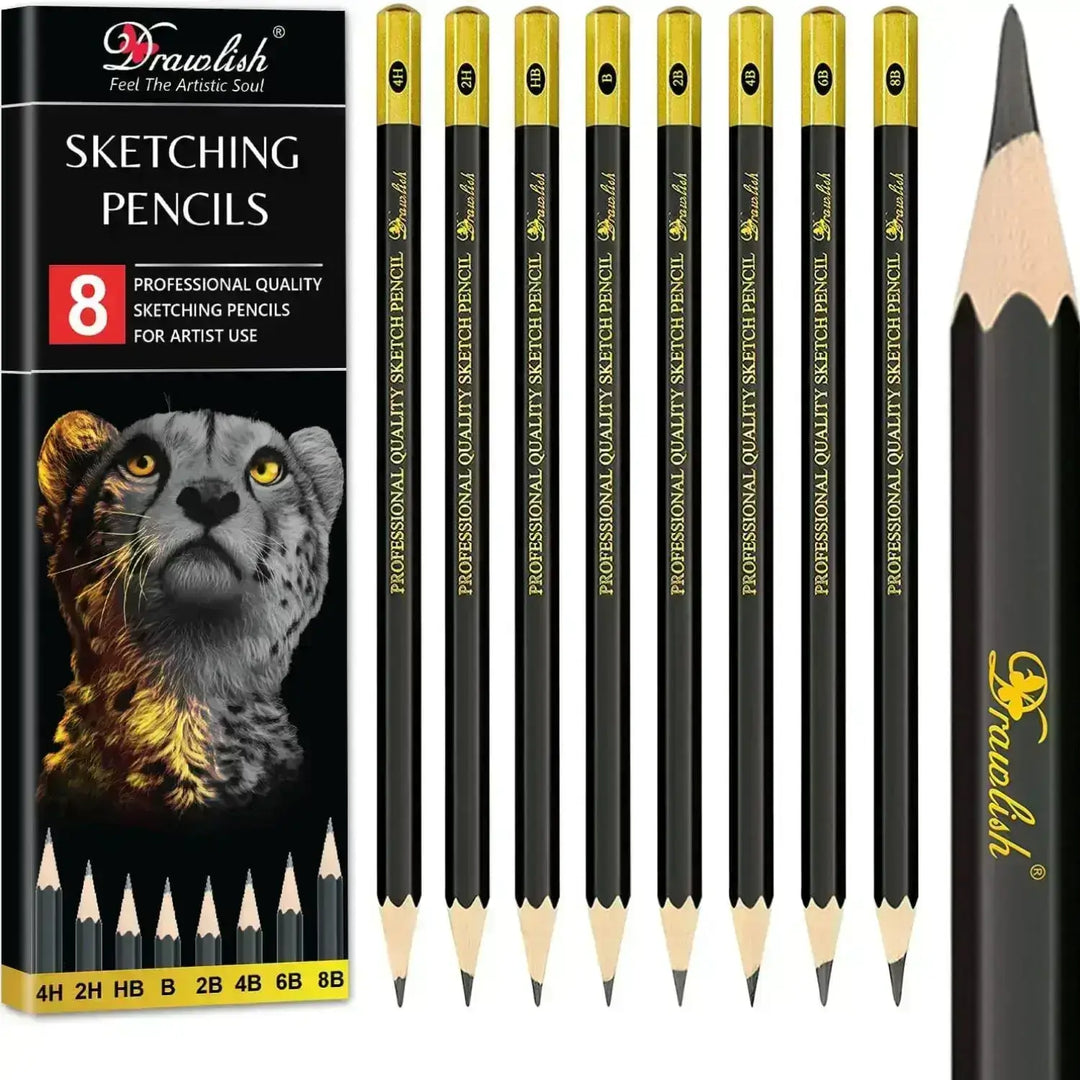
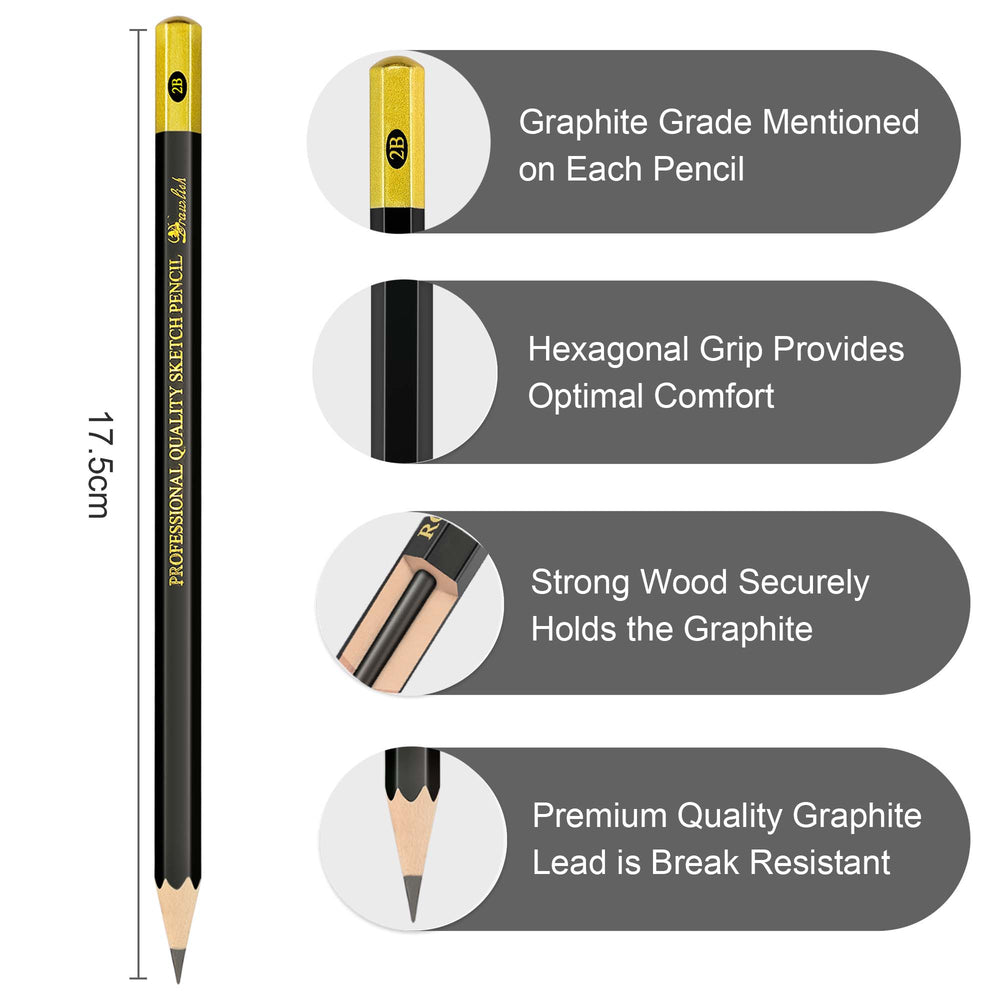
Leave a comment